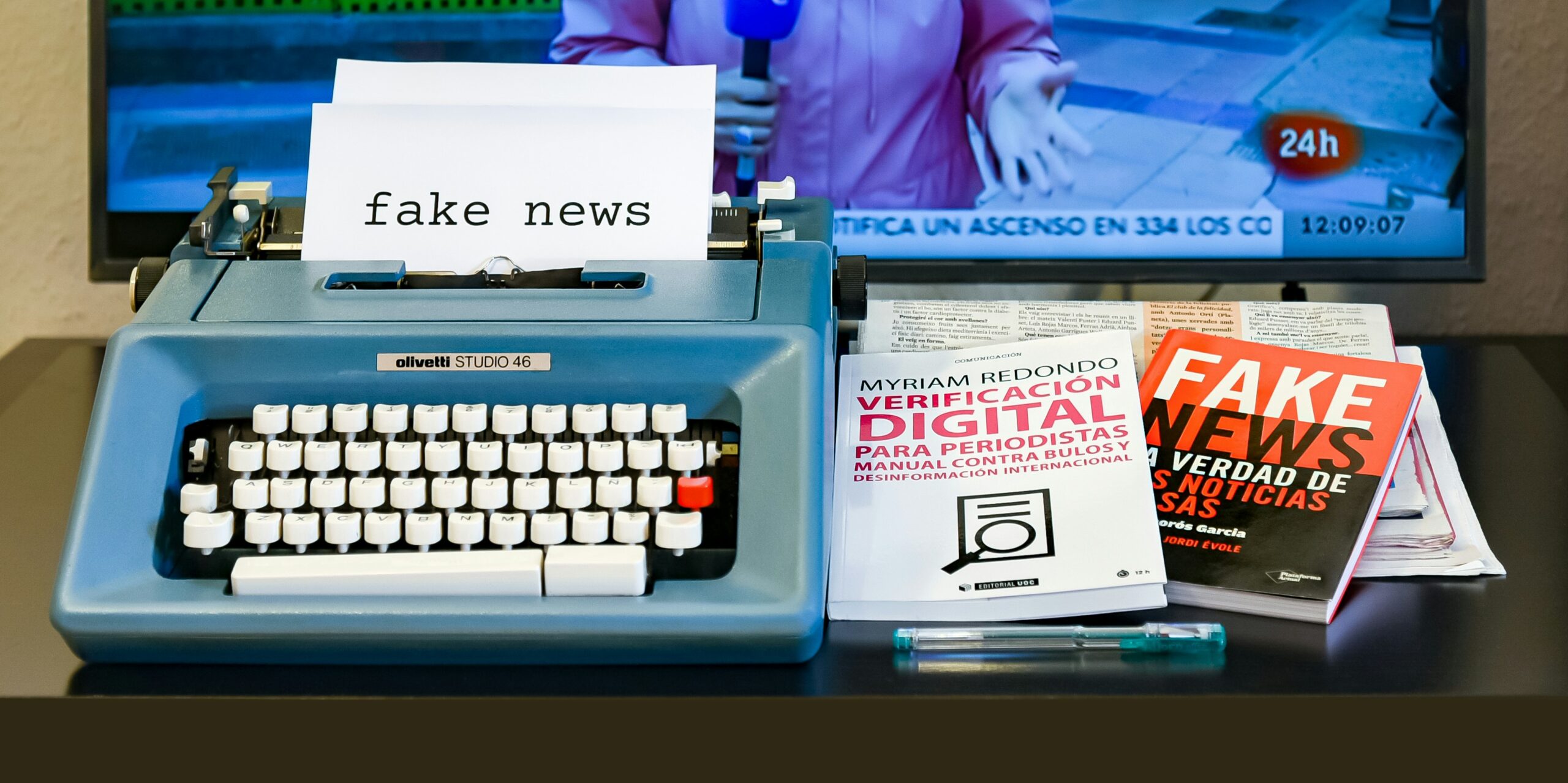Experts suggest that U.S. election polling is more accurate than it’s been given credit for.
When pollsters wrongly predicted that Hillary Clinton would beat Donald Trump comfortably in 2016, many Americans lost faith in polling. Leading pollster FiveThirtyEight stated on election day that national support for Hillary Clinton was at 45.7 per cent and for Trump at 41.8 per cent. Nevertheless, it was a Trump victory.
Despite that massive underestimation of support for Trump, analysts are confident that polling will be accurate ahead of the upcoming US presidential election on 5 November, which will decide who will lead the US for the next four years.
“Obviously, the closer to the election date the polling takes place, the closer it can come. If done well, it is a perfect, within a margin of error, reflection of the electorate,” says Andrew Rudalevige, a professor of government at Bowdoin College, Maine.
Arnold Barnett, professor of statistics at the MIT Sloan School of Management, explains that although the polls indicated Clinton would win in 2016, their statistical predictions for the vote were actually very close to the final result. “In America, when people are asked in polls for whom they will vote, a lot of people refuse to answer,” he explains. “So the pollsters have to decide how those who did answer compared to those who did not. And they did a very good job.”
Barnett further explains that the polls were right in indicating that should Trump win the swing state of Pennsylvania, he would likely win the election. Their mistake was that pre-election polls in Pennsylvania indicated a slight edge for Clinton (52 per cent) compared to 48 per cent for Trump, but Trump received more than 50 per cent of votes.
Rudalevige says that polling in 2016 and 2020 was more accurate on a numerical level than it has been given credit for. “Even in 2016 – the national polling was not far off. In 2020, NBC’s national polling had Biden up 51-47 for a full year before the election. He won pretty much 51-47,” he says.
Polling by FiveThirtyEight for this year’s presidential election has Biden at 39.7 per cent, and Trump ahead at 41 per cent, as of 1 June. These percentages remain largely unchanged despite a New York court finding Trump guilty of felony charges on 31 May.
Polling for this year’s election uses methodologies more diverse and varied than in previous presidential elections in a bid to be more accurate. There has been a sharp increase in address-based sampling, for example. A recent report released by the Pew Research Center shows that most national pollsters have made these changes since 2016, “in some cases dramatically”. In 2022, 17 per cent of national pollsters used at least three different methods to sample or interview people, up from 2 per cent in 2016.
How these methodological changes will affect the accuracy of polling predictions this year remains to be seen, and the polls themselves may change over the months leading up to the November election.
Barnett explains that factors including the consequences of Donald Trump’s New York trial and the upcoming debate where Biden, at 81 years old, may struggle to answer the questions posed to him, as too might Trump, 77, could influence voters. “Most people have made up their minds already, but enough are uncertain. And given that the polls are so close already, I think things could change.”
Feature image: Fake news on a type writer. Photo credit: Jorge Franganillo.

